2 days ago


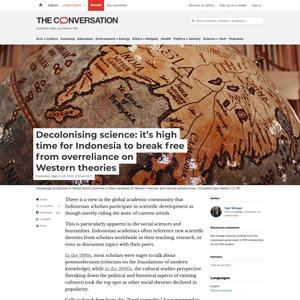
about 4 years ago

What is happening in the world today is reflecting—and both literally and symbolically revealing to us—something unknown within our own psyche. At the same time, in a nonlinear acausal feedback loop that happens both atemporally (outside of time) and over (linear) time, events in our world are informed and shaped by the very inner psychological process they are reflecting. The inner and outer are simultaneously co-arising and reciprocally co-evoking each other. This is to say that what is happening within us and what is arising in our world have a mysterious interconnection; the inner and the outer are ultimately not separate nor separable.
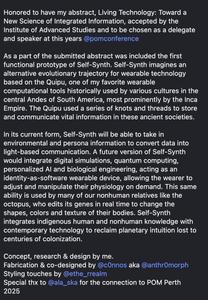
about 1 month ago
Humans Aren't Special
At the end of last year, Tahlequah the killer whale birthed a female calf. After only a few days the calf died, and Tahlequah was seen carrying her lost baby draped over her snout for at least 11 days in the Puget Sound. In 2018 the orca displayed similar behavior when she lost her previous calf. She carried the 300-pound body on her head for 17 days while swimming 1,000 miles. Researchers characterize the mother orca’s reaction to these losses as grief.
Why this is interesting: Virtually every trait that anthropologists have identified as one that might have set humans apart from other animals has subsequently been found in another species. Orcas display grief. Elephants mourn their lost relatives. Chimpanzees use tools. Mice and dogs can detect suffering in other animals and respond. The Eurasian Magpie can recognize itself in the mirror–a sign of consciousness. And early evidence for consciousness has emerged in fish, reptiles, insects and other...
In the 20th century, thinkers like Isabelle Stengers and Bernard Stiegler have drawn upon the insights of the thermodynamic revolution to argue for what the former sees as the fundamental indeterminacy of reality and what the latter argues is the driving force of social and political developments since the Industrial Revolution. More recently, in the 21st century, Shannon Mussett has turned to the laws of thermodynamics to call for a new ‘ethics of care’ for our planet and for one another, which, she argues in Entropic Philosophy: Chaos, Breakdown, and Creation (2022), is justified in light of the necessary ‘fragility’ and ‘finitude’ of our entropic reality.
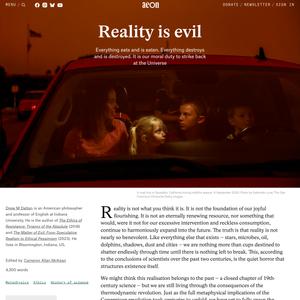
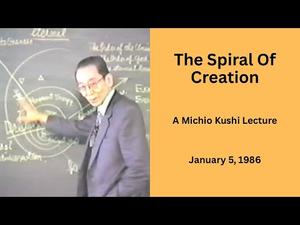




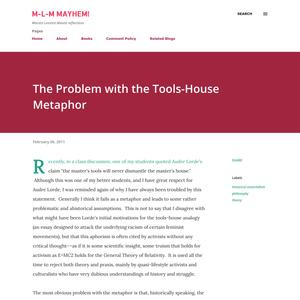
Interdisciplinary engineering combines knowledge and techniques from multiple engineering disciplines to solve complex problems. This approach allows for innovative solutions by integrating various fields such as biomedical, environmental, and mechanical engineering.


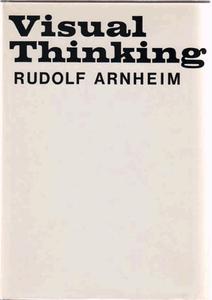
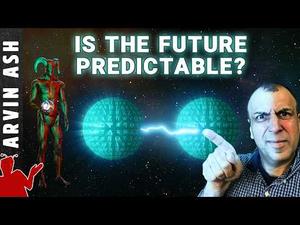
“When I speak of the erotic, I speak of it as an assertion of the lifeforce of women [...] as the nurturer of all our deepest [non-rational] knowledge.” Audre Lorde